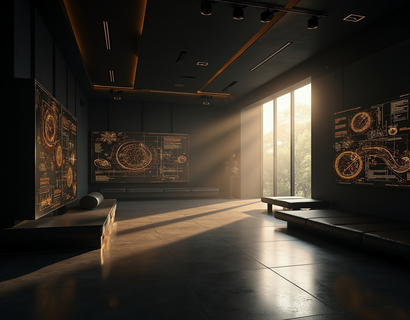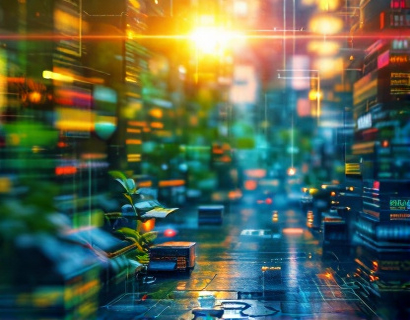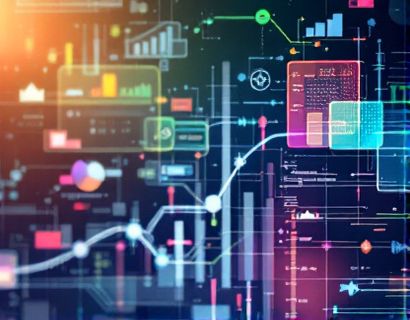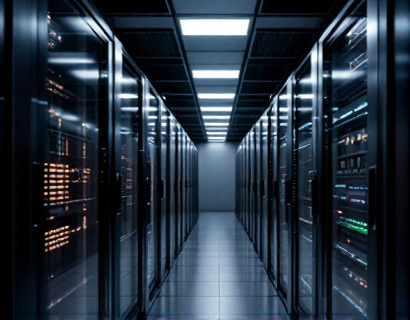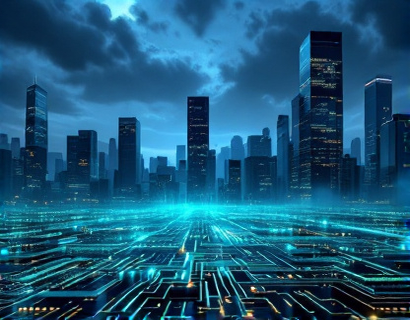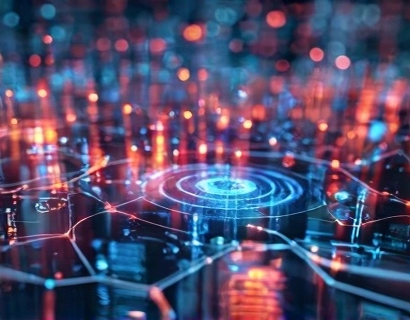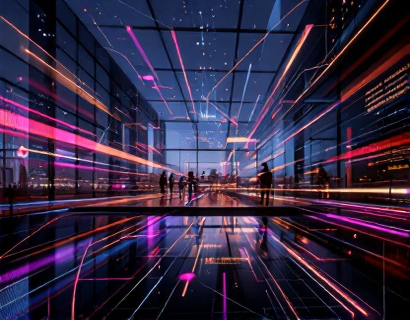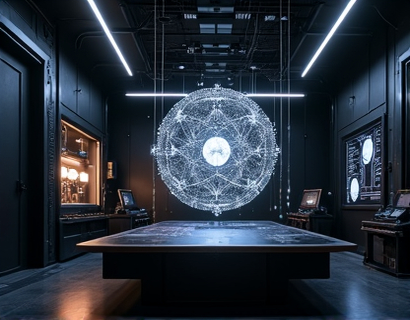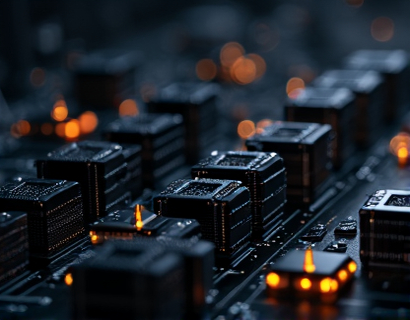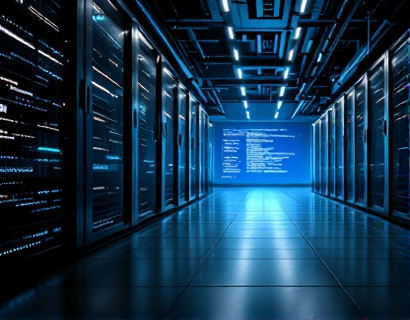Maximize Your Indoor Garden: Cutting-Edge Tech for Optimal Solarium Ecosystems
In the realm of indoor gardening, the integration of cutting-edge technology has revolutionized the way enthusiasts cultivate plants within the confines of their homes or dedicated spaces. The modern solarium, once a simple room filled with plants, has evolved into a sophisticated ecosystem where light, climate, and automation converge to create an optimal environment for plant growth. This article delves into the advanced technologies that can transform your indoor garden, ensuring not only optimal growth but also sustainability and efficiency.
Understanding the Basics of Indoor Gardening Technology
To maximize the potential of your indoor garden, it's essential to understand the core components of a high-tech solarium setup. These systems typically include advanced lighting solutions, climate control mechanisms, and automation technologies. Each element plays a crucial role in creating a balanced and nurturing environment for your plants.
Advanced Lighting Solutions
Light is one of the most critical factors in plant growth, and indoor gardens often rely on artificial lighting to supplement or replace natural sunlight. LED grow lights have become the gold standard due to their energy efficiency, longevity, and ability to emit specific spectra of light that are most beneficial for different stages of plant development. Full-spectrum LED lights mimic the sun's light, promoting healthy growth, while blue and red spectrums can be adjusted to enhance vegetative or flowering stages.
Another innovative lighting technology is the use of smart LED panels that can be controlled via smartphone apps or smart home systems. These panels allow for precise adjustments in light intensity, duration, and spectrum, ensuring that your plants receive the exact lighting conditions they need, regardless of the time of day or season.
Climate Control Systems
Maintaining the right temperature and humidity levels is vital for the health and growth of indoor plants. Advanced climate control systems use a combination of sensors, actuators, and intelligent algorithms to monitor and adjust environmental conditions in real-time. These systems can control heating, ventilation, and air conditioning (HVAC) units, as well as humidifiers and dehumidifiers, to create a stable and optimal environment.
One of the key components of a climate control system is the use of thermostats and hygrometers that provide accurate and continuous monitoring of temperature and humidity. These devices can be integrated into a central control unit that automatically makes adjustments as needed, ensuring that your plants are always in their ideal conditions.
Automation and Smart Control Systems
Automation is the backbone of a modern indoor garden, streamlining the process of managing various systems and ensuring consistency in care. Smart control systems can integrate lighting, climate control, and even nutrient delivery into a single, user-friendly interface. These systems can be programmed to follow specific schedules or respond to real-time data, providing a hands-off approach to gardening.
For instance, an automated system can be set to turn on the lights at dawn, adjust the temperature and humidity throughout the day, and simulate a sunset with dimming lights. This not only saves time but also ensures that your plants receive the optimal conditions for growth at all times.
Customizable Setups for Unique Needs
Every indoor garden is unique, with different plants having specific requirements for light, temperature, and humidity. Advanced technology allows for highly customizable setups that can be tailored to meet the individual needs of your plants. This level of personalization ensures that each plant thrives in its own microenvironment, leading to better overall health and productivity.
One way to achieve this customization is through modular design, where different components can be added or removed based on the specific needs of your garden. For example, you can start with a basic setup and gradually add more advanced features as your gardening skills and plant requirements evolve.
Sensor Technology and Data Analytics
Sensor technology plays a crucial role in creating a data-driven indoor garden. Sensors can monitor a wide range of parameters, including light intensity, temperature, humidity, CO2 levels, and even soil moisture. This data is then transmitted to a central hub or cloud-based platform where it can be analyzed and used to make informed decisions.
Data analytics tools can provide insights into plant health, growth patterns, and environmental conditions, helping you identify potential issues before they become problematic. For instance, if the humidity levels are consistently too high, the system can automatically adjust the ventilation to prevent mold growth and other issues.
Sustainability in Indoor Gardening
Beyond optimizing plant growth, advanced technology in indoor gardening also focuses on sustainability. Energy-efficient lighting, precise climate control, and automated systems not only reduce resource consumption but also lower your carbon footprint. By using renewable energy sources, such as solar panels, you can further enhance the eco-friendliness of your indoor garden.
Additionally, many modern systems incorporate water recycling and nutrient recovery technologies, minimizing waste and ensuring that resources are used efficiently. This approach not only benefits the environment but also reduces long-term operating costs, making your indoor garden both sustainable and economically viable.
Case Studies and Real-World Applications
To better understand the practical applications of these technologies, let's explore a few case studies of individuals and organizations that have successfully implemented advanced indoor gardening systems.
One example is a urban dweller who transformed a small apartment room into a thriving indoor garden. By installing a combination of LED grow lights, a smart climate control system, and automated watering sensors, this gardener was able to grow a variety of herbs and leafy greens year-round. The use of data analytics helped optimize light and nutrient delivery, resulting in higher yields and healthier plants.
Another instance is a commercial hydroponic farm that utilizes advanced automation and IoT (Internet of Things) technologies to manage its vast indoor growing spaces. By integrating sensors, AI-driven analytics, and remote monitoring, the farm achieves unprecedented levels of efficiency and productivity. This setup allows for real-time adjustments to environmental conditions, ensuring optimal growth rates and consistent product quality.
Future Trends in Indoor Gardening Technology
The field of indoor gardening technology is rapidly evolving, with several emerging trends poised to further enhance the growing experience. One such trend is the integration of artificial intelligence and machine learning, which can predict plant needs and optimize environmental conditions with even greater precision. AI can analyze historical data and real-time sensor inputs to make proactive adjustments, further automating the gardening process.
Another exciting development is the use of vertical farming techniques, which maximize space utilization and increase yield per square foot. Combining vertical growth systems with advanced lighting and climate control can lead to highly productive indoor gardens, even in urban environments with limited space.
Additionally, the development of smart substrates and growing media that can monitor and adjust nutrient levels in real-time is on the horizon. These intelligent substrates can communicate with the central control system, ensuring that plants receive the exact nutrients they need at the right times.
Conclusion
By embracing cutting-edge technology, indoor gardeners can transform their spaces into high-tech oases that maximize plant growth and sustainability. From advanced lighting solutions and climate control systems to automation and data analytics, the tools available today offer unprecedented control and efficiency. As technology continues to advance, the future of indoor gardening looks brighter than ever, promising even more innovative solutions and opportunities for enthusiasts and professionals alike.



